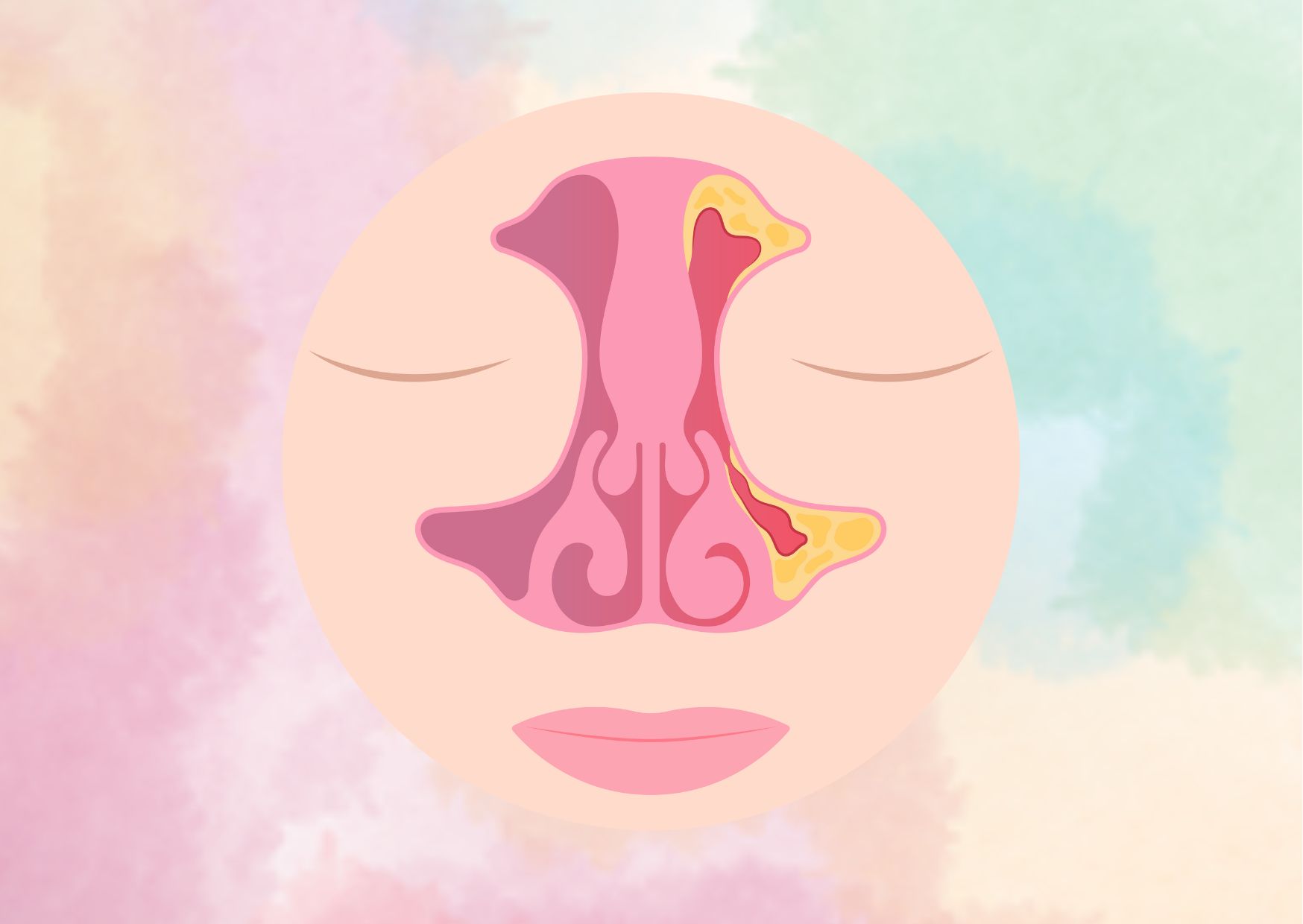Symptoms and Diagnosis of Silent Sinus Syndrome
Silent sinus syndrome is a rare and often misunderstood condition that affects the facial structure and vision. This disorder occurs when the maxillary sinus gradually collapses, leading to a range of symptoms that can be both subtle and significant. Understanding silent sinus syndrome has an impact on proper diagnosis and treatment, as its effects can be far-reaching and potentially alter a person’s appearance and quality of life.
In this article, we’ll explore what silent sinus syndrome is and delve into its key symptoms. We’ll also examine the diagnostic procedures used to identify this condition, including silent sinus syndrome radiology and CT scans. Additionally, we’ll touch on treatment options, such as silent sinus syndrome surgery, and address common questions like “Is silent sinus syndrome dangerous?” By the end, readers will have a clearer understanding of this complex condition and its implications for those affected.
What is Silent Sinus Syndrome?
Definition
Silent sinus syndrome (SSS) is a rare otorhinolaryngologic condition characterized by the collapse of the maxillary sinus walls and remodeling of the orbital floor. This health issue affects the maxillary sinuses, which are nasal passages located in the cheek area adjacent to the nose. The condition has an impact on the facial structure and vision, leading to a range of symptoms that can alter a person’s appearance and quality of life.
The primary features of silent sinus syndrome include enophthalmos (a sunken eye appearance) and maxillary atelectasis (collapse of the maxillary sinus). In some cases, patients may also experience hypoglobus, which is the downward displacement of the eyeball in the eye socket. These changes occur due to the gradual collapse of some or all of the maxillary sinus walls, resulting in a progressive inward retraction of the affected area.
Silent sinus syndrome is also known by other names, such as imploding antrum and chronic maxillary sinus atelectasis. The condition is typically unilateral, meaning it affects only one side of the face. Interestingly, despite the significant structural changes occurring within the sinus, patients often experience no pain or discomfort, which contributes to the “silent” nature of the syndrome.
Prevalence
Silent sinus syndrome is considered a rare disorder, with its exact prevalence remaining unknown. However, research indicates that approximately 550 cases have been reported in medical literature thus far. This low number of reported cases suggests that the condition may be underdiagnosed, possibly due to a lack of recognition among healthcare professionals.
It’s worth noting that while the condition is rare, the actual number of cases may be higher than reported. The subtle and often asymptomatic nature of silent sinus syndrome in its early stages can lead to delayed diagnosis or misdiagnosis. As awareness of the condition grows within the medical community, it’s possible that more cases will be identified and reported in the future.
Age of Onset
Silent sinus syndrome typically manifests in adulthood, with most patients presenting symptoms between the ages of 30 and 60 years old. The mean age of diagnosis is around 39 years, although cases have been reported in individuals ranging from 19 to 82 years of age. This wide age range suggests that while the condition is more commonly diagnosed in middle adulthood, it can potentially affect individuals across various age groups.
Interestingly, silent sinus syndrome shows no sex predilection, meaning it affects males and females equally. Most studies report an equal prevalence of SSS in men and women, although one large study involving 84 patients suggested a slightly higher rate in men. However, this slight difference has not been consistently observed across all research.
It’s important to note that the age of onset for silent sinus syndrome refers to when symptoms become noticeable or when the condition is diagnosed. The actual development of the syndrome may begin earlier, progressing slowly over time before becoming clinically apparent. This gradual progression contributes to the “silent” nature of the condition, as patients may not notice any significant changes until the later stages of the syndrome.
Understanding the typical age of onset and prevalence of silent sinus syndrome has an impact on early detection and proper diagnosis. Healthcare providers should be aware of this condition when evaluating patients in the relevant age groups who present with subtle facial asymmetry or changes in eye position, even in the absence of sinus-related symptoms.
Key Symptoms of Silent Sinus Syndrome
Silent sinus syndrome (SSS) is a rare condition that affects the maxillary sinuses, which are nasal passages located in the cheek area adjacent to the nose. Despite its significant impact on facial structure and vision, the condition often develops without causing pain or discomfort, leading to its “silent” nature. The key symptoms of silent sinus syndrome can be subtle at first but become more noticeable as the condition progresses.

